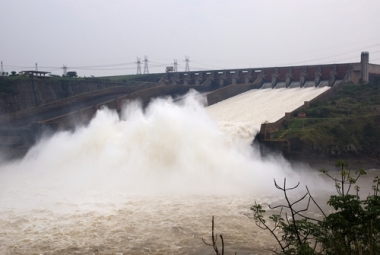Scientists have long debated what the Earth's core would look like. The most widespread theory was that it was a solid, uniform and hot structure. However, recent research has shown that reality is not quite as we thought.
A study carried out by the University of Utah, in the United States, and supported by the National Science Foundation of the country, deepened in observing the information that we have so far about the earth core.
see more
Archaeologists find 4,000-year-old Bronze Age pyramid in…
Tomatoes are DISAPPEARING from India's fast foods; understand the reason
To do so, they began to listen, monitor and analyze rumbles and seismic waves from earthquakes. Thus, they could gain a better understanding of how the interior of our planet works.
Imperfect
Another recent research, this time from Cornell University, led by Guanning Pang, showed that the Earth's core is more like a large wallpaper.
According to the article published in the magazine “Nature”, the structure has varied textures and shapes. Therefore, it bears no resemblance to the “metallic ball” that we usually imagine it to be.
The University of Utah was able to prove that, indeed, the core is not the same everywhere and is making efforts to examine the structure more closely or get an image. “It's a complicated job, but there is progress”, commented scientist Keith Koper, who is part of this research.
"It's like a planet within a planet"
The University of Utah is using rumbles and seismic waves to better understand the workings of the Earth's core, as mentioned. This method proves to be the most effective for the study, as, unlike the rest of the planet, the core is not visible.
Therefore, the best way to map it is through the seismic waves of the earthquakes, since they propagate from the crust of the planet and vibrate towards the core.
Pang's study, which also analyzed seismic waves, showed that there are variations between the Earth's rotations and its core. Koper departed from this point.
"It's like a planet within a planet, which has its own rotation and is uncoupled by this great ocean of molten iron", commented the researcher from the University of Utah.
To do this, Koper's team analyzed seismic data from 20 sets of seismometers from all over the world, even Antarctica.
These structures are placed up to 10 meters deep, in granite formations. They focus the signals they receive, like small satellite dishes.
This data is yet to provide us with many answers about the Earth's core. For example: when the structure began to solidify, how heterogeneous it is and, mainly, they will give us an imagery idea of what the interior of the planet is like.
Graduated in Social Communication at the Federal University of Goiás. Passionate about digital media, pop culture, technology, politics and psychoanalysis.


